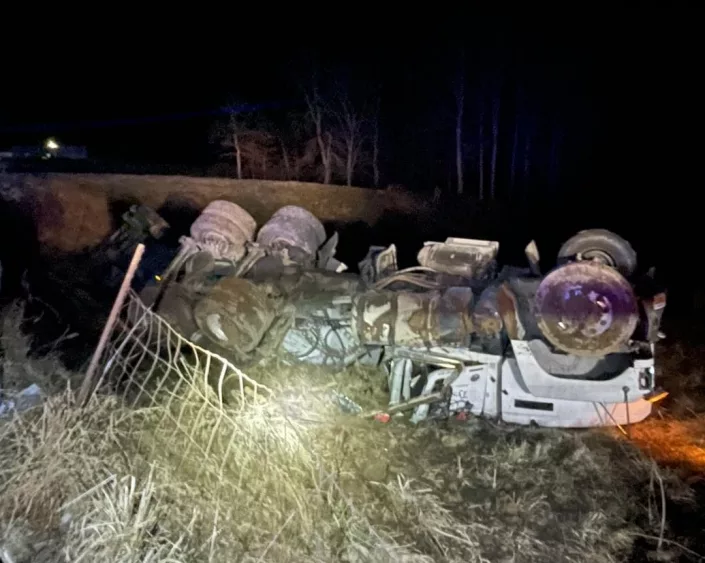The part of the South known for deadly tornadoes — “Dixie Alley” — is continuing to live up to its name.
According to The Montgomery Advertiser, recent research finds tornadoes are occurring more frequently in the region than in part of the Great Plains which has been known as “Tornado Alley.”
Northern Illinois University professor Victor Gensini found that tornadoes are occurring more frequently in the southern version of Tornado Alley. “Dixie Alley” includes Louisiana, Mississippi, Alabama, Tennessee and Georgia.
The cause of the shift is unknown, though some theories focus on climate change, the newspaper reported.
Some scientists believe climate change is responsible for dryer Midwestern conditions, which in turn halts moisture-dependent storm fronts from developing until further east.
Whatever the precise causes, the shift has resulted in deadlier tornadoes. That’s particularly true in Alabama, which leads the nation in average tornado deaths per year at 14.
From 1950 to 2016, Alabama has had more tornado fatalities (633) than Texas (552) despite averaging three times fewer tornadoes per year, the Montgomery newspaper reported.
“The biggest story is that now we have potentially more tornadoes with a much, much more vulnerable population,” Gensini said. “We have so many more mobile homes in the southeastern U.S. We have more trees. We have more poverty and studies have shown that access to getting information and getting warnings are big players.”
Among reasons tornadoes tend to be deadlier in “Dixie Alley”:
— Alabama has higher population density than Kansas, for instance.
— The South has more trees, which can crush houses and cars, or be turned into projectiles.
— Many parts of the South have a higher concentration of mobile homes than other parts of the country.
— Tornadoes in the South often strike at night, when people are sleeping.
— Southern tornadoes also tend to move faster and stay on the ground longer.
Last month, a tornado that killed more than 20 people in the Beauregard, Alabama, area, underscored the dangerous nature of southern tornadoes.
The twister remained on the ground for an hour and 16 minutes on its destructive path through east Alabama and west Georgia. Forecasters determined that traveled 70 miles (112 kilometers).
That means that its average forward speed was nearly 55 mph (90 kph).
The tornado also illustrated the vulnerability of manufactured homes.
(AP)






